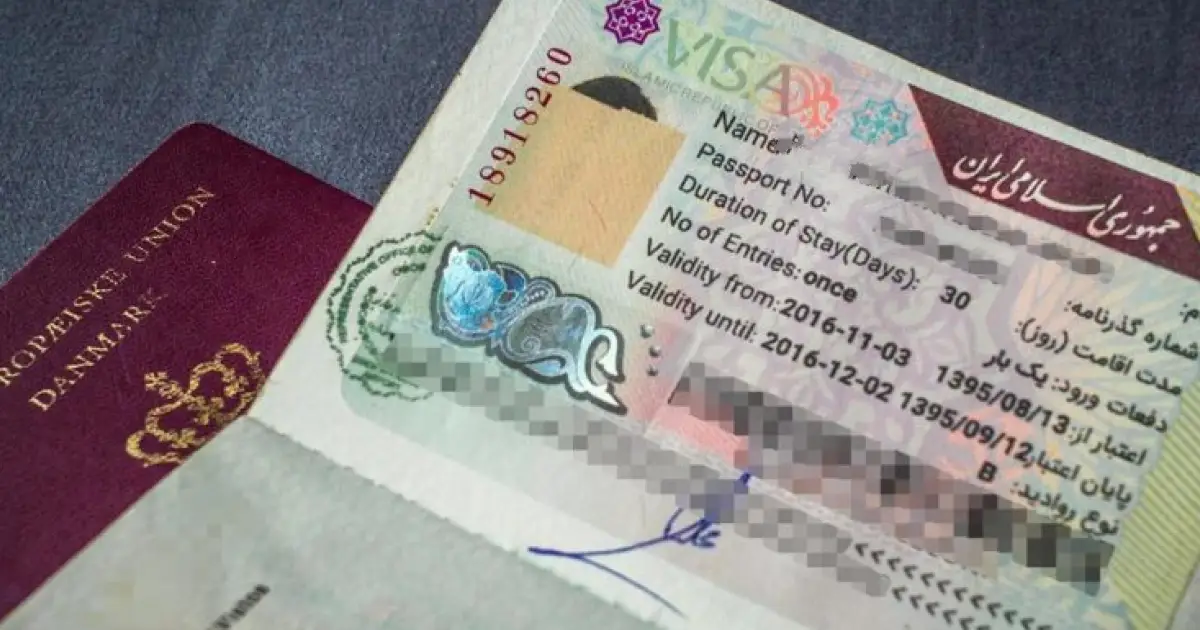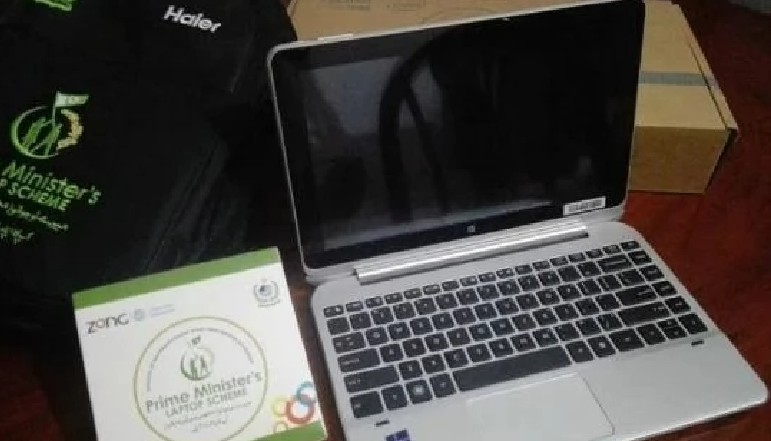
Acquiring an Iranian visa can be a complicated process for Pakistani travelers. With specific requirements and documents needed, it’s important to understand the steps involved before applying. I will provide a guide to streamline the process and prepare Pakistani citizens for a successful visa application.
Iranian visa regulations tend to change frequently, so the first key is staying updated on the latest requirements. Whether applying for a tourist, business, or student visa, travelers need to know which documents are mandatory or optional for their specific situation. Having this awareness ahead of time saves time and confusion later.
Guide for Pakistani Travelers
By clearly outlining each step – from obtaining invitation letters to submitting the visa form and required documents – this blog post seeks to inform Pakistani travelers planning a trip to Iran.
With transparent information on visa categories, application processes, fees, and more, readers can enter the process feeling prepared and empowered.
Understanding Iranian visa formalities opens the doors for Pakistanis to experience Iran’s warm culture and hospitality. This guide aims to make that possible for many future travelers.
Types of Iranian Visas
When applying for an Iranian visa, it is crucial to understand the different types available. This ensures travelers select the appropriate visa for their purpose of visit. The main options for Pakistani citizens are:
Tourist Visa
The most common visa for travelers allows tourism in Iran for up to 30 days. It can be extended for an additional 30 days within the country. Key requirements are a valid passport, photos, travel booking confirmations, and proof of sufficient funds.
Business Visa
Required for any business-related travel. An invitation letter from an Iranian company or organization is typically needed to apply. Documents similar to the tourist visa are also required.
Transit Visa
For those passing through Iran to another destination. It permits a stay of up to 7 days. Travelers need confirmed tickets and entry paperwork for the next destination country.
Student Visa
Necessary for studying in Iran, with an acceptance letter from an Iranian educational institution required. A valid passport, photos, proof of funds, and potentially other student-related paperwork are also needed.
Carefully reviewing visa types, documents required, and application specifics based on your travel purpose streamlines the process. Selecting the incorrect visa can lead to delays or entry issues. With the right preparation, Pakistani citizens can securely visit Iran for tourism, business, study, or other reasons.
Step-by-Step Visa Application Process
The first step in applying for an Iranian visa is to obtain an invitation letter if required. Tourist visas usually do not need an invitation letter, while business, work, and study visas require one from a relevant Iranian organization or company.
Visa Application Form
The next step is to complete the visa application form accurately. You can download the form from the website of the nearest Iranian embassy or consulate in Pakistan. Provide the following information correctly:
- Personal details (full name, date of birth, etc.)
- Passport number and validity
- Purpose and duration of stay in Iran
- Contact information in Iran and Pakistan
- Details of the inviting individual or organization (if applicable)
Double check all the information before submitting the form. Any errors can cause delays in processing.
Required Documents
In addition to the filled-out visa application form, you need to submit the following documents:
- Original passport with at least 6 months validity
- Two passport-sized photographs
- Confirmed travel itinerary
- Proof of hotel reservation or invitation letter
- Bank statements showing sufficient funds
- Other visa-specific documents (e.g. business papers)
Make copies of all documents to keep as backup. Also, gather any additional papers needed for your specific type of visa.
Submitting the Application
When your visa application is complete with all required documents, the next step is to submit it at the nearest Iranian embassy or consulate in Pakistan. This is an important step, so make sure you choose the right location based on feasibility.
Where to Submit the Visa Application
There are Iranian diplomatic missions located in Islamabad, Karachi, Lahore, Peshawar, and Quetta. Find the one closest to your location in Pakistan to submit the visa application. You can submit it by hand or courier if you are unable to visit in person.
Visa Fee Payment
Be prepared to pay the visa fee when submitting your application, as they will not accept it without the payment. The fee amount varies based on the type of visa – for example, a 30-day tourist visa may cost around $50-60 whereas a 1-year student visa could be $100-150 or more. Have the exact change ready.
Possibility of an Interview
Occasionally, the embassy may call you for an in-person interview before visa approval, especially if you are applying for a 1-year visa. Use the interview as an opportunity to make a strong case for your need to visit Iran.
Be ready to answer questions politely about your purpose of visit, duration of stay, places you intend to see, and how you plan to finance your trip.
Waiting for Visa Approval
The processing time for Iranian visas can vary depending on the embassy or consulate where you applied, as well as the type of visa requested.
Tourist visas are often processed more quickly, usually within 2-4 weeks. Business, work, and study visas may take longer, around 4-8 weeks in some cases.
Regardless of visa type, it is advisable to apply several weeks or even months in advance of your intended travel date.
Here are some tips for tracking your Iranian visa application status:
- Check the website of the specific Iranian embassy or consulate where you applied. Many have an online system for checking application status.
- Call the visa office directly to inquire about your application status if unable to find information online.
- Note that most embassies only provide updates if your visa was approved or denied. If still pending, you may not receive any status updates.
Once your Iranian visa is approved, you will typically receive a phone call or email notification from the embassy/consulate. The next step is to go in person to collect your passport containing the visa. Be sure to verify that all details on the visa are accurate before leaving the embassy.
If your visa application is denied, you can inquire about the reason and potentially re-apply if the issue can be resolved. However, visa denials may indicate deeper issues that may prevent you from traveling to Iran.
A few additional tips related to Iranian visa approval:
- Have copies of important travel documents in case any get lost or damaged.
- Be aware of the visa validity dates and plan your entry and exit accordingly.
- Consider travel insurance in case plans change unexpectedly.
Conclusion
We covered the different types of Iranian visas available, the step-by-step process for completing the visa application, gathering required documents, submitting your application, and waiting for approval. Additional tips were also provided on preparing photocopies, learning about local customs, securing travel insurance, and more.
Given the variable processing times, it’s highly recommended you initiate your Iranian visa application well in advance of your planned travel. This will help ensure there’s adequate time for approval. Also, be sure to check the embassy website for any changes to requirements.













